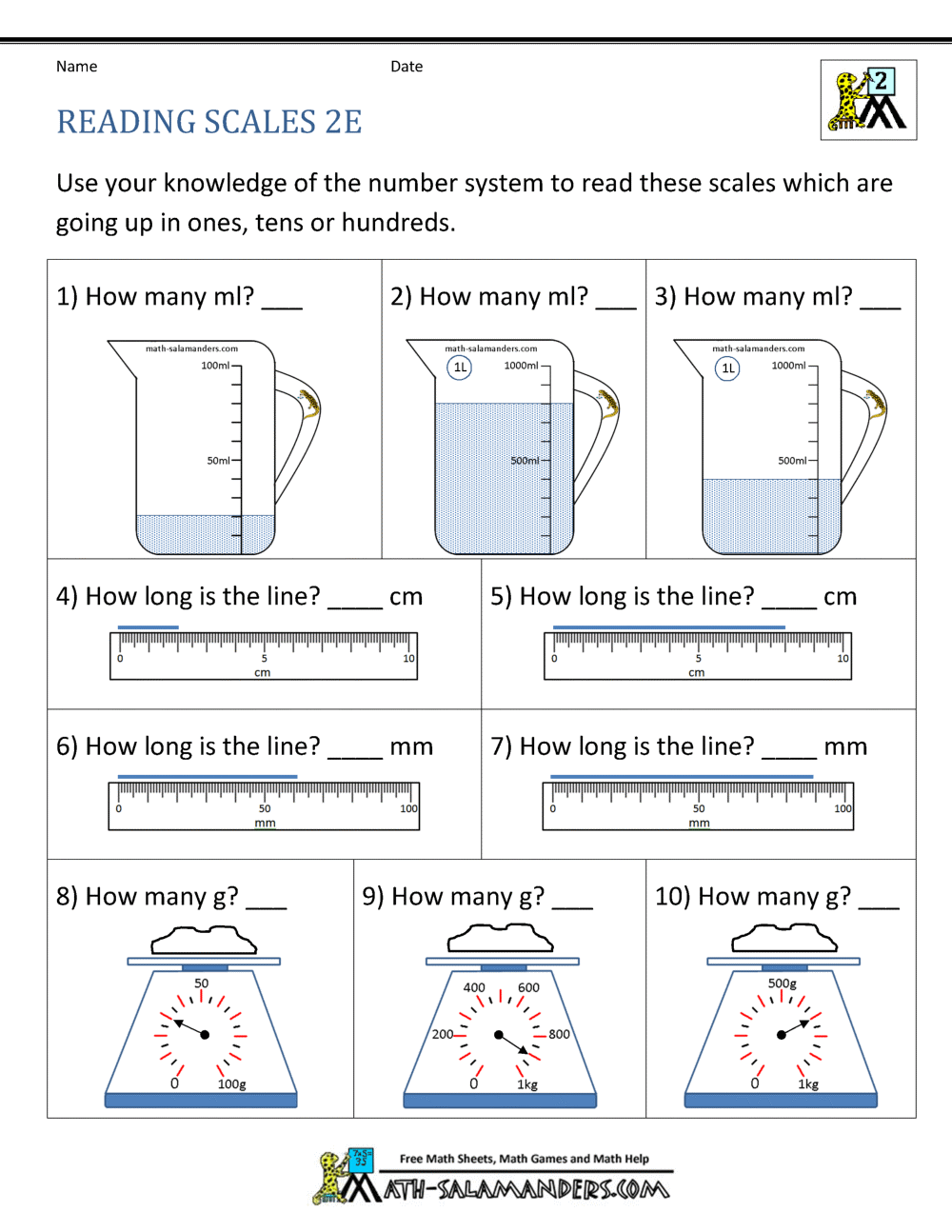

Without honours - awarded an ordinary degree, sometimes known as a "pass".Third-class honours - typically 40 – 49%.Second-class honours, lower division – typically 50 – 59%.


The United Kingdom has a very specific university grading system that is recognised across the world. We hope this will help you better understand how your future papers will be marked. We looked at some of the most popular international destinations for students and detailed systems like the UK grading system with its first-class marks, the US grading system which is letter-based, or the Swiss and German grading systems which are from 1 to 6. There are many university grading systems or college grading systems in the world, each country with its own take on it, but the most common are variations of a university grading system using numbers from 1 to 10, letters from A to F, percentages from 0% to 100%, or numbers from 0 to 100.


 0 kommentar(er)
0 kommentar(er)
